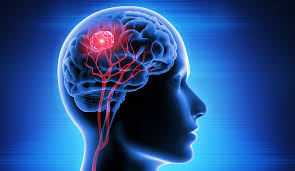
A brain tumor is an abnormal growth of tissue in the brain or central spine that can disrupt proper brain function.
There are more than 150 different brain tumors have been documented, but the two main groups of brain tumors are termed primary and metastatic.
Doctors refer to a tumor based on where the tumor cells originated, and whether they are cancerous (malignant) or not (benign).
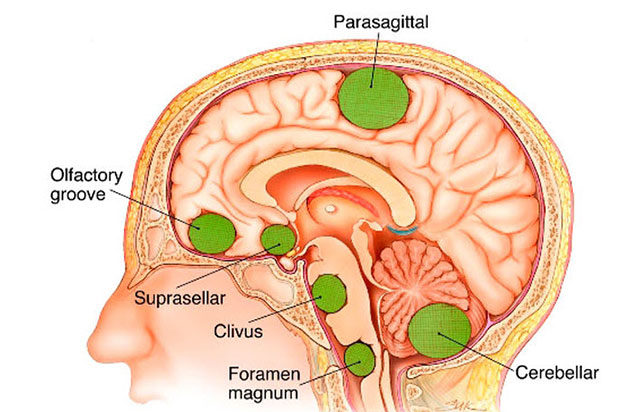 – Benign: The least aggressive type of brain tumor is often called a benign brain tumor. They originate from cells within or surrounding the brain, do not contain cancer cells, grow slowly, and typically have clear borders that do not spread into other tissue.
– Benign: The least aggressive type of brain tumor is often called a benign brain tumor. They originate from cells within or surrounding the brain, do not contain cancer cells, grow slowly, and typically have clear borders that do not spread into other tissue.
– Malignant: Malignant brain tumors contain cancer cells and often do not have clear borders. They are considered to be life threatening because they grow rapidly and invade surrounding brain tissue.
– Primary: Tumors that start in cells of the brain are called primary brain tumors. Primary brain tumors may spread to other parts of the brain or to the spine, but rarely to other organs.
– Metastatic: Metastatic or secondary brain tumors begin in another part of the body and then spread to the brain. These tumors are more common than primary brain tumors and are named by the location in which they begin.
World Health Organization (WHO) Brain Tumor Grades
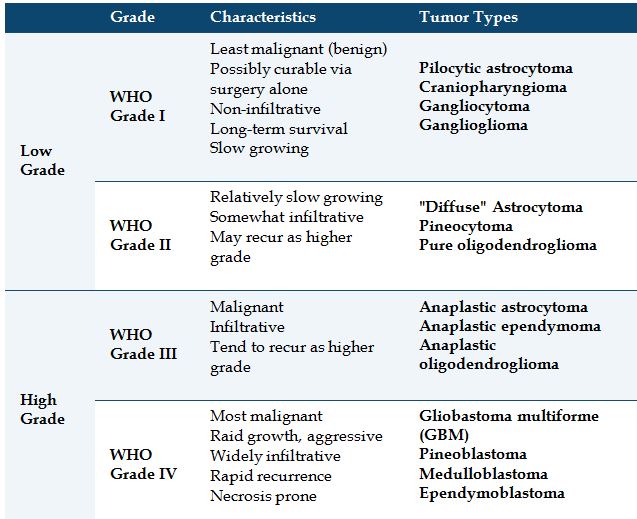

Symptoms vary depending on the location of the brain tumor, but the following may accompany different types of brain tumors:
– Headaches that may be more severe in the morning or awaken the patient at night
– Seizures or convulsions
– Difficulty thinking, speaking or articulating
– Personality changes
– Weakness or paralysis in one part or one side of the body
– Loss of balance or dizziness
– Vision changes
– Hearing changes
– Facial numbness or tingling
– Nausea or vomiting, swallowing difficulties
– Confusion and disorientation
Diagnosis
 Sophisticated imaging techniques can pinpoint brain tumors. Diagnostic tools include computed tomography (CT or CAT scan) and magnetic resonance imaging (MRI). Magnetic resonance spectroscopy (MRS) is used to examine the tumor’s chemical profile and determine the nature of the lesions seen on the MRI. Positron emission tomography (PET scan) can help detect recurring brain tumors.
Sophisticated imaging techniques can pinpoint brain tumors. Diagnostic tools include computed tomography (CT or CAT scan) and magnetic resonance imaging (MRI). Magnetic resonance spectroscopy (MRS) is used to examine the tumor’s chemical profile and determine the nature of the lesions seen on the MRI. Positron emission tomography (PET scan) can help detect recurring brain tumors.
Sometimes the only way to make a definitive diagnosis of a brain tumor is through a biopsy. The neurosurgeon performs the biopsy and the pathologist makes the final diagnosis, determining whether the tumor appears benign or malignant, and grading it accordingly.
Brain Tumor Treatment
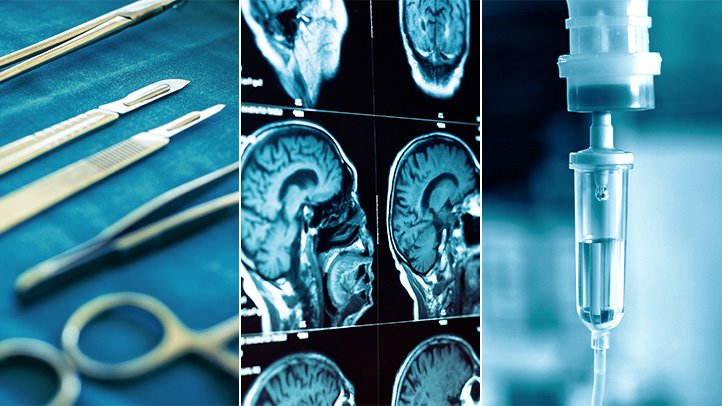
Brain tumors (whether primary or metastatic, benign or malignant) usually are treated with surgery, radiation, and/or chemotherapy — alone or in various combinations. While it is true that radiation and chemotherapy are used more often for malignant, residual or recurrent tumors, decisions as to what treatment to use are made on a case-by-case basis and depend on a number of factors. There are risks and side effects associated with each type of therapy.


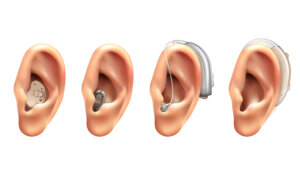








One Response
the term benign in cancer often refers to non cancerous does it have a different use when it comes to brain cancer? The graph you have shown would make one assume so ?